Almost 2,000 years after it was first raised, the army of China’s first emperor has added more than 100 new conscripts. For the past three years, archaeologists have been working in a previously unexplored part of the tomb of Emperor Qin Shihuangdi in the city of Xi’an in northwestern China. The tomb, which was originally discovered in 1974 by a farmer digging a well, has thus far produced more than 8,000 life-size terracotta warriors, civilian officials, and horses, as well as bronze chariots, weapons, and musical instruments. According to Shen Maosheng, the chief archaeologist of this new excavation, these recent discoveries are important because the colorful paint that once decorated the warriors is particularly well preserved. Shen also believes the team has uncovered evidence of an ancient act of aggression aimed at the emperor’s ceramic army. Some of the statues were found toppled over, weapons appear to have been stolen, and this section of the tomb shows evidence of arson, suggesting that it had been at-tacked, possibly by Xiang Yu, the leader of a rebellion against Qin Shihuangdi in the third century b.c.
Emperor’s New Army
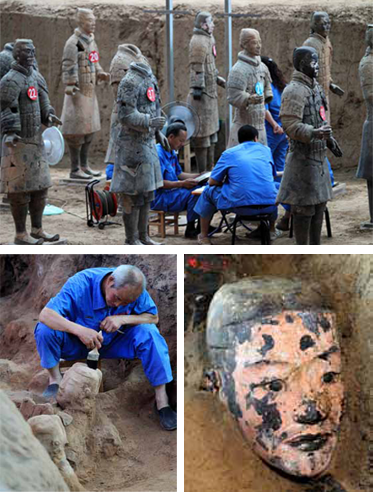
SHARE:
Recommended Articles
The Story of the Horse July/August 2015
Riding into the Afterlife
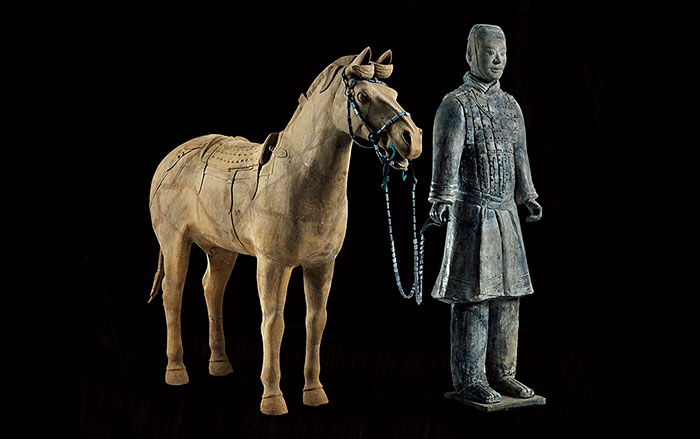
(Araldo de Luca)
Digs & Discoveries November/December 2025
Ancient Look Book
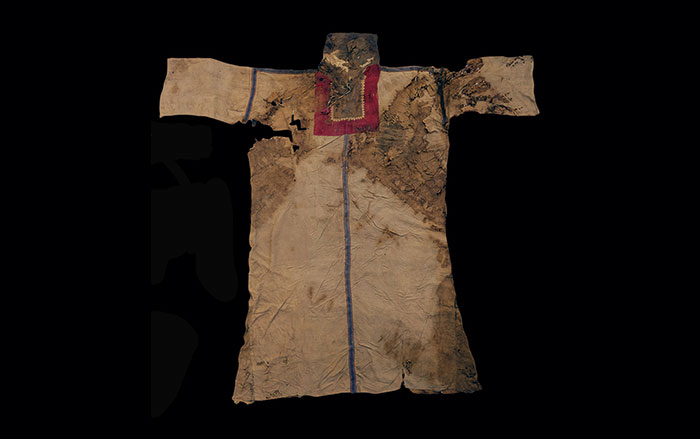
D. Hosner/DAI/ Institute of Archaeology and Cultural Heritage Xinjiang
Digs & Discoveries September/October 2025
A Chinese Frontier Fort
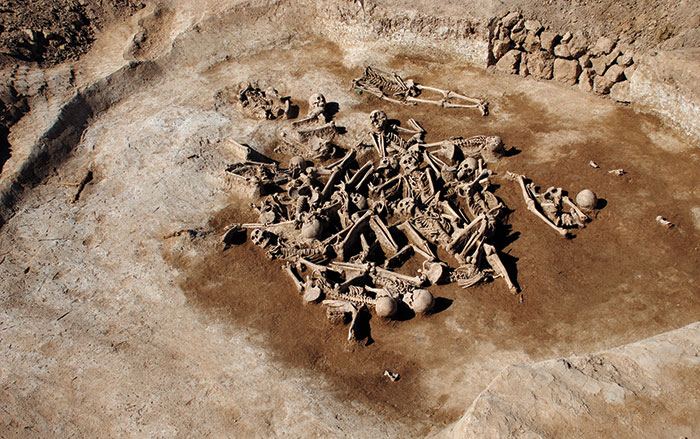
Alexey Kovalev, Institute of Archaeology of the Russian Academy of Sciences
Features September/October 2025
Myth of the Golden Dragon
Eclectic artifacts from tombs in northeastern China tell the story of a little-known dynasty

Photograph courtesy Liaoning Provincial Museum, Liaoning Provincial Institute of Cultural Relics and Archaeology, and Chaoyang County Museum
-
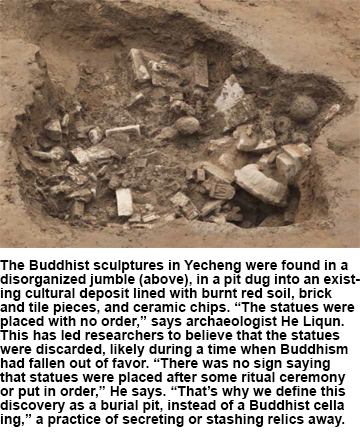
-
Letter from Iceland September/October 2012
Surviving the Little Ice Age
How a flexible economy saved a nation during a period of unpredictable climate
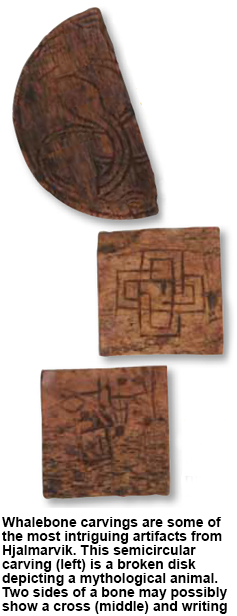
-
Artifacts September/October 2012
Inscribed Clay Tablet
A previously unknown ancient language is discovered on a 2,700-year-old tablet
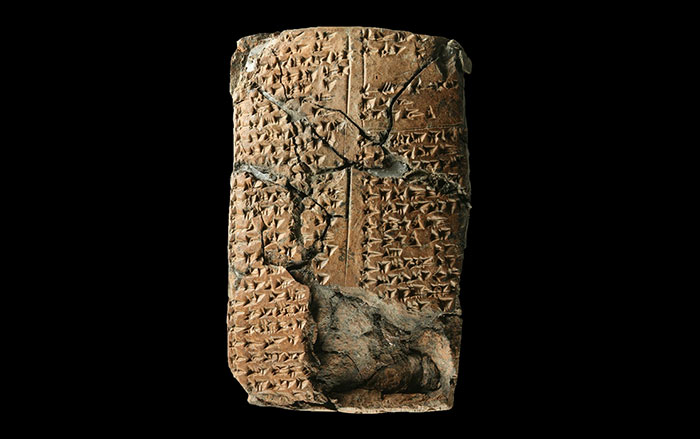 (Courtesy Ziyaret Tepe Archaeological Project)
(Courtesy Ziyaret Tepe Archaeological Project) -
Digs & Discoveries September/October 2012
The Seeds of Inequality
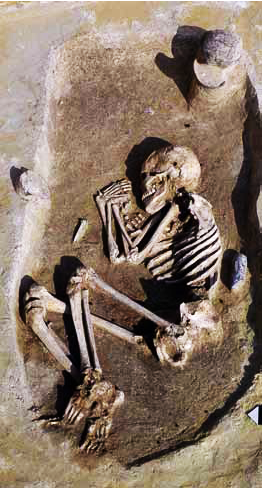 Courtesy BDA-Neugebauer
Courtesy BDA-Neugebauer


